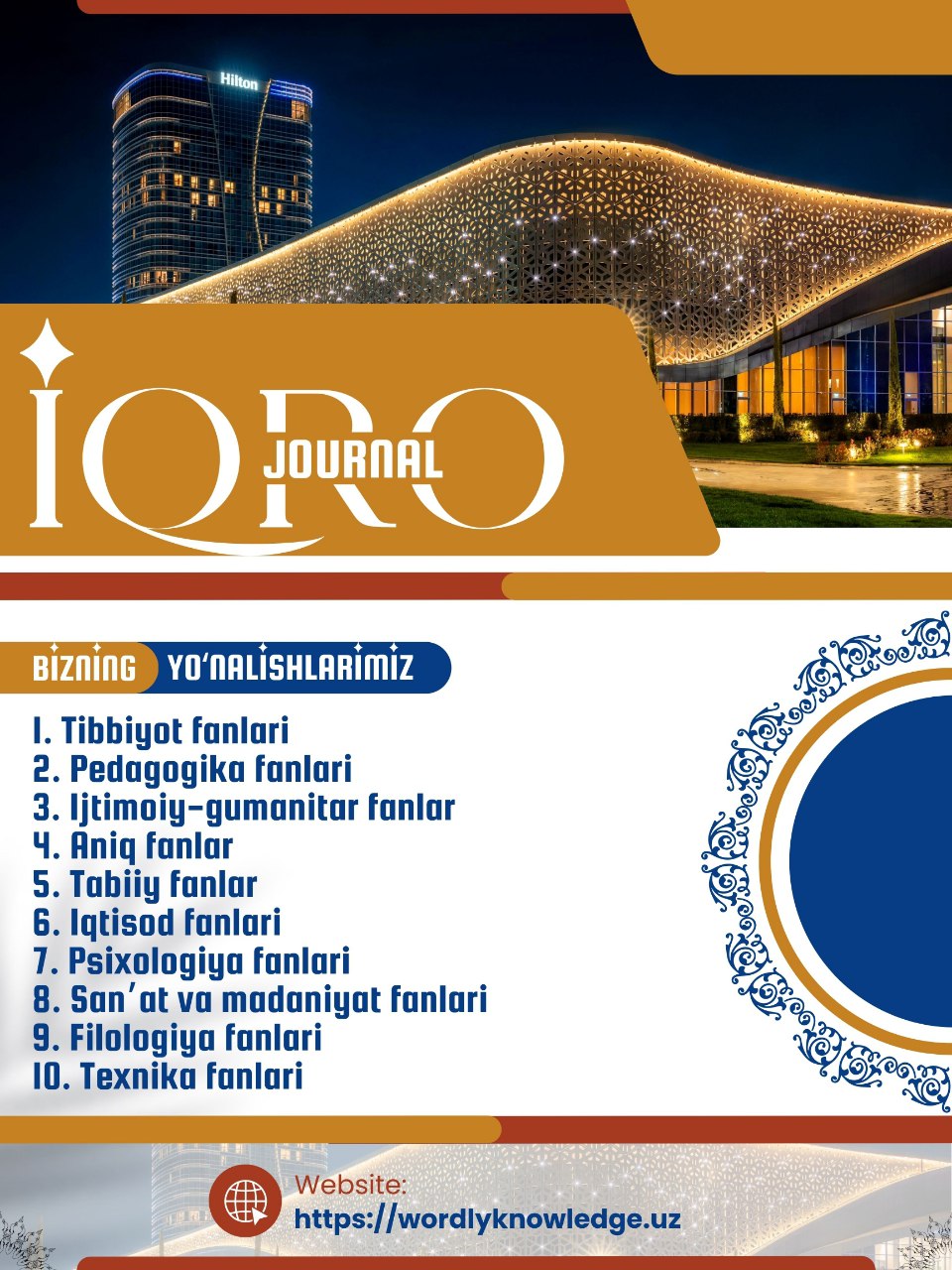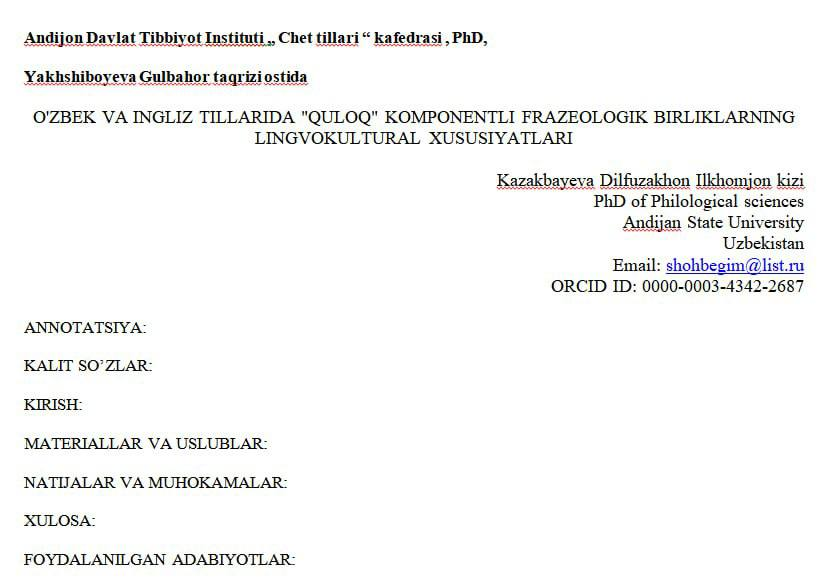ENHANCING READING COMPREHENSION SKILL FOR EFL PRE-INTERMEDIATE LEARNERS
Keywords:
EFL, reading comprehension, pre-intermediate learners, advanced level, authentic materials, adapted materials, detrimental factors, receptive skills, productive skills.Abstract
Reading comprehension is considered the most challenging and sophisticated skill for many EFL learners. For many years, pre-intermediate learners, who are at the levels between basic and advanced levels of proficiency, have faced significant challenges in developing comprehensive skills. This research work investigates the challenges that EFL learners face while reading authentic or adapted versions of reading materials. It provides solutions to improve their comprehension skills by providing viable strategies. Conducted research mainly focuses on analyzing the several factors and obstacles that decrease comprehension levels. Moreover, it supports the notion that high reading comprehension improves receptive skills and develops productive skills including speaking and writing abilities. This paper aims to enhance the basic elements of reading comprehension skills through effective strategies.
References
1.Anderson, N. (2003). Scrolling, Clicking, and Reading English: Online Reading Strategies in a Second or Foreign Language. Reading Matrix: An International Online Journal, 3, 1-33.
2.Bell D. (2009). The GRE Handbook: The How-To on GRE, Complete Expert's Hints and Tips Guided by the leading experts, everything you need to know about GRE p. 68.
3.Bright, J.A., and McGregor, G.P. 970). Teaching English as a Second Language, Longman.
4.Brusch, W. (1991). The role of reading in foreign language acquisition: designing an experimental project. ELT Journal, 45, 2, 156–63.CrossRef Google Scholar.
5.Dennis, D. V. (2008). Are assessment data really driving middle school reading instruction? What we can learn from one student's experience. Journal of Adolescent and Adult Literacy, 51, 578-587. http://dx.doi.org.10.1598/JAAL.51.7.5
6.Dubin, F., & Olshtain, E. (1977). Facilitating Language Learning: A Guidebook for the ESL/EFL Teacher. N.Y.: McGrow: Hill International Book Company.
7.Goldenberg, C. (1991). Instructional conversations and their classroom applications. National Center for Research on Cultural Diversity and Second Language Learning. Retrieved from http://www.escholarship.org/uc/item/6q72k33k9
8.Grabe, W. & Stoller, F. L. (2002) Teaching and Researching Reading. Harlow:Pearson
9.Kim, J. Y., and Anderson, T. (2011). Reading across the curriculum: A framework for improving the reading abilities and habits of college students. Journal of College Literacy and Learning, 37(2), 29-40.
10.Levelt, W.J. M. (1993). The architecture of normal spoken language use. In G. Blanken, J. Dittmann, H. Grimm, J.C. Marshall, & C. W. Wallesch (Eds.), Linguistic disorders and pathologies: An international handbook (pp. 1–15). Berlin: Walter de Gruyter.














